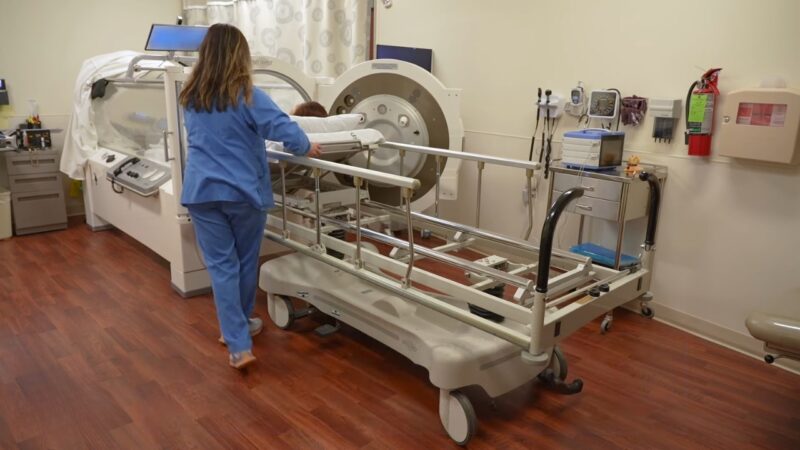Hyperbaric Oxygen Therapy (HBOT) is a specialized medical treatment where patients breathe pure oxygen in a pressurized room or chamber. In this controlled environment, the air pressure is significantly increased, often to three times higher than normal air pressure.
This increase allows the lungs to gather and transport more oxygen throughout the body than would be possible under normal conditions. The primary goal of HBOT is to enhance the body’s natural healing process by increasing oxygen levels in the blood, thereby improving the recovery of damaged tissues and organs.
Medical Conditions Treated with HBOT
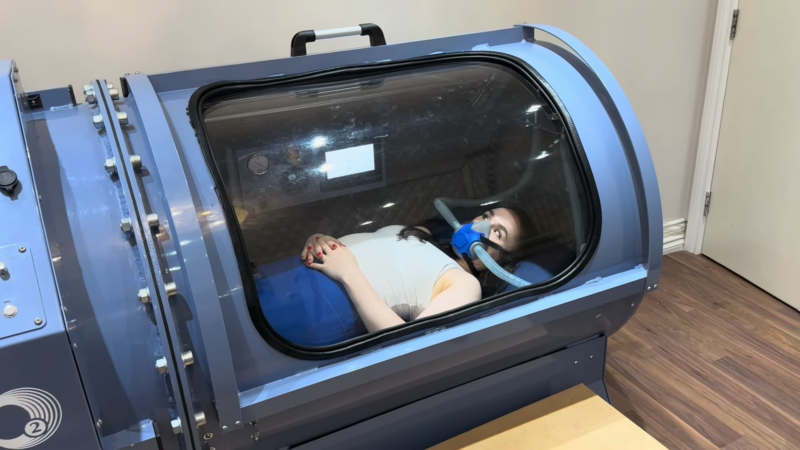
HBOT is a versatile treatment option for a wide range of medical conditions. It is most famously known for treating decompression sickness, a potential risk of scuba diving. Beyond this, HBOT is effective in managing serious infections, addressing bubbles of air in blood vessels, and accelerating the healing of persistent wounds, particularly those stemming from diabetes or radiation injuries.
For conditions like carbon monoxide poisoning, gas gangrene, and certain types of brain or sinus infections, HBOT serves as a crucial part of the treatment plan, offering a unique approach to enhance tissue recovery and repair.
How Hyperbaric Oxygen Therapy Works
The mechanism of HBOT, as you’ll see on oxyhelp.com too, is centered around its ability to drastically increase the oxygen content in the blood. This process involves repeated sessions in the hyperbaric chamber, where the high levels of oxygen under increased pressure can be dissolved into the bloodstream.
This oxygen-rich blood then circulates throughout the body, reaching areas where circulation is diminished or blocked. The high oxygen levels in the tissues stimulate various biological functions, including fighting bacteria, reducing swelling, and promoting the release of substances like growth factors and stem cells, which are crucial for healing.
Benefits of Hyperbaric Oxygen Therapy

HBOT offers numerous benefits, primarily through its ability to dramatically elevate oxygen levels in bodily tissues, even in areas with reduced or blocked blood flow. This enhanced oxygenation can lead to significant improvements in healing and infection control.
The therapy is known to encourage the formation of new blood vessels, improve circulation, and help in the detoxification of affected areas. Patients undergoing HBOT often experience accelerated healing of wounds, reduced effects from toxic substances, and improved recovery from infections and other conditions that benefit from increased oxygen availability in the body.
What to Expect During an HBOT Session
During an HBOT session, patients enter a hyperbaric oxygen chamber, either alone or with other patients. The chamber is then sealed, and the pressure inside is gradually increased.
Patients breathe normally during the treatment, inhaling pure oxygen which significantly increases the oxygen level in the blood. Each session can last from 60 to 90 minutes, during which patients might feel a popping sensation in their ears, similar to what is experienced during an airplane’s ascent or descent.
The environment is controlled and monitored to ensure safety and comfort throughout the treatment.
Safety and Side Effects of HBOT
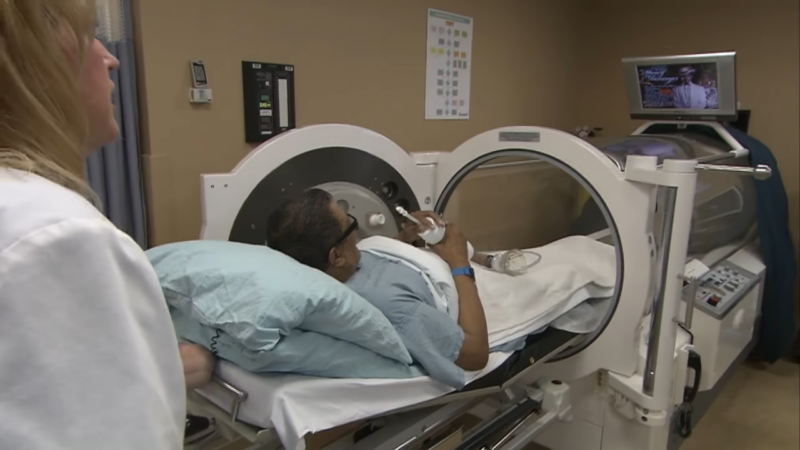
HBOT is generally considered safe, but like all medical treatments, it comes with potential risks and side effects. The most common side effect is barotrauma to the ears and sinuses caused by pressure changes. In rare cases, patients might experience more serious issues such as oxygen toxicity or claustrophobia.
However, these risks are typically minimal when the therapy is conducted in a professional setting by experienced medical personnel. Prior to starting treatment, doctors conduct thorough evaluations to ensure that patients are suitable candidates for HBOT and to minimize any potential risks.
Who Can Benefit from HBOT?
A wide array of patients can benefit from HBOT, especially those dealing with slow-healing wounds, radiation injuries, or infections where oxygen supply is compromised. Individuals with diabetic ulcers, certain types of gangrene, or those recovering from skin grafts or flaps are often ideal candidates.
Additionally, patients suffering from conditions like carbon monoxide poisoning, decompression sickness, or stroke have shown positive responses to HBOT. It’s important for patients to consult with their healthcare provider to determine if HBOT is a suitable treatment option for their specific condition.
Consultation and Evaluation
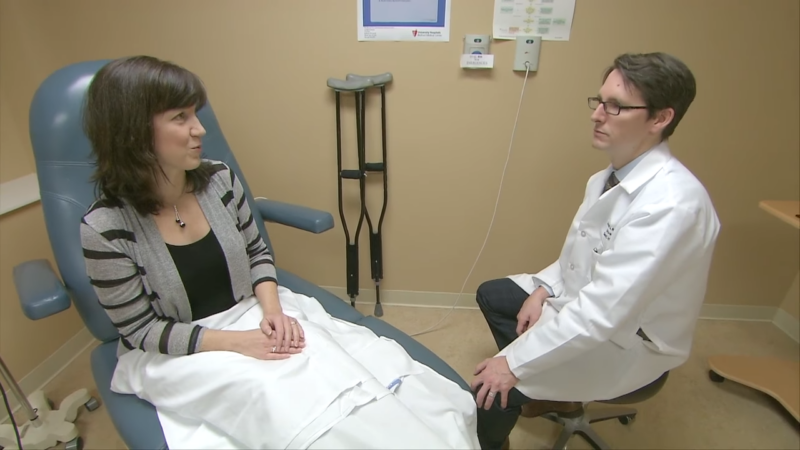
Before starting HBOT, a thorough consultation and evaluation with a healthcare professional are essential. During this process, medical history, current health status, and the specific condition requiring treatment are reviewed.
This evaluation helps in determining the suitability of HBOT for the patient and in customizing the treatment plan. It also provides an opportunity to discuss any potential risks, set realistic expectations, and address any concerns the patient might have regarding the therapy.
Moreover, leveraging modern healthcare information and management systems, such as those endorsed by the Healthcare Information and Management Systems Society, enhances the precision of the evaluation process, facilitating comprehensive analysis of patient data and ensuring seamless coordination in tailoring effective HBOT treatment plans.
Choosing a Hyperbaric Oxygen Therapy Center
Selecting the right HBOT center is crucial for ensuring the quality and safety of the treatment. Patients should look for accredited facilities with experienced and certified medical staff. It’s important to check the center’s track record, the condition of the hyperbaric chambers, and the protocols they follow for emergency situations.
Seeking recommendations from healthcare providers or testimonials from previous patients can also provide valuable insights into the quality of care provided by the center.
Insurance Coverage for HBOT
Insurance coverage for HBOT can vary widely depending on the policy and the medical condition being treated. While many insurance providers cover HBOT for certain FDA-approved conditions, it’s important for patients to verify their coverage details.
Consulting with the HBOT center’s administrative staff can provide guidance on insurance matters, and they can assist in obtaining pre-authorization or in navigating the reimbursement process.
Patient Testimonials and Success Stories
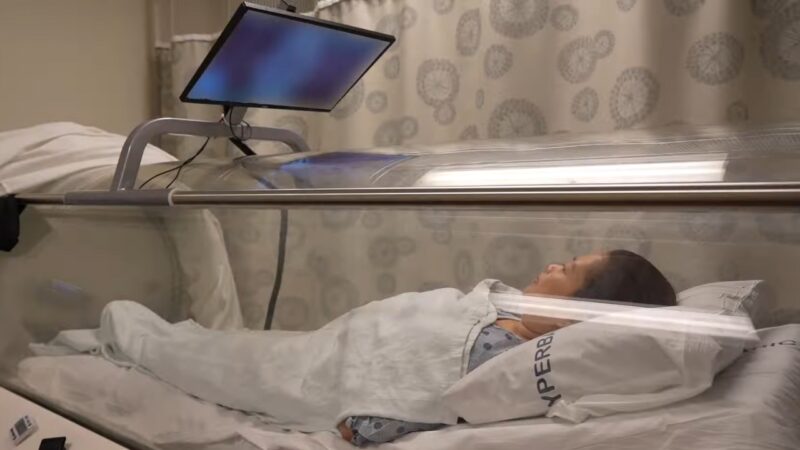
Real-life testimonials and success stories can provide powerful insights into the effectiveness of HBOT. Patients often share their experiences regarding the healing of chronic wounds, recovery from serious infections, or improvements in conditions like carbon monoxide poisoning after undergoing HBOT.
These stories highlight the potential life-changing benefits of the therapy and can be a source of hope and information for individuals considering HBOT.
Conclusion: The Role of HBOT in Modern Medicine
Hyperbaric Oxygen Therapy continues to play a significant role in modern medicine, offering a unique and effective treatment for a variety of conditions. Its ability to enhance oxygen delivery to damaged tissues promotes healing, fights infection, and improves the quality of life for many patients.
As medical technology advances and more research is conducted, the scope of HBOT is likely to expand, bringing new possibilities in the treatment and management of complex medical conditions.
